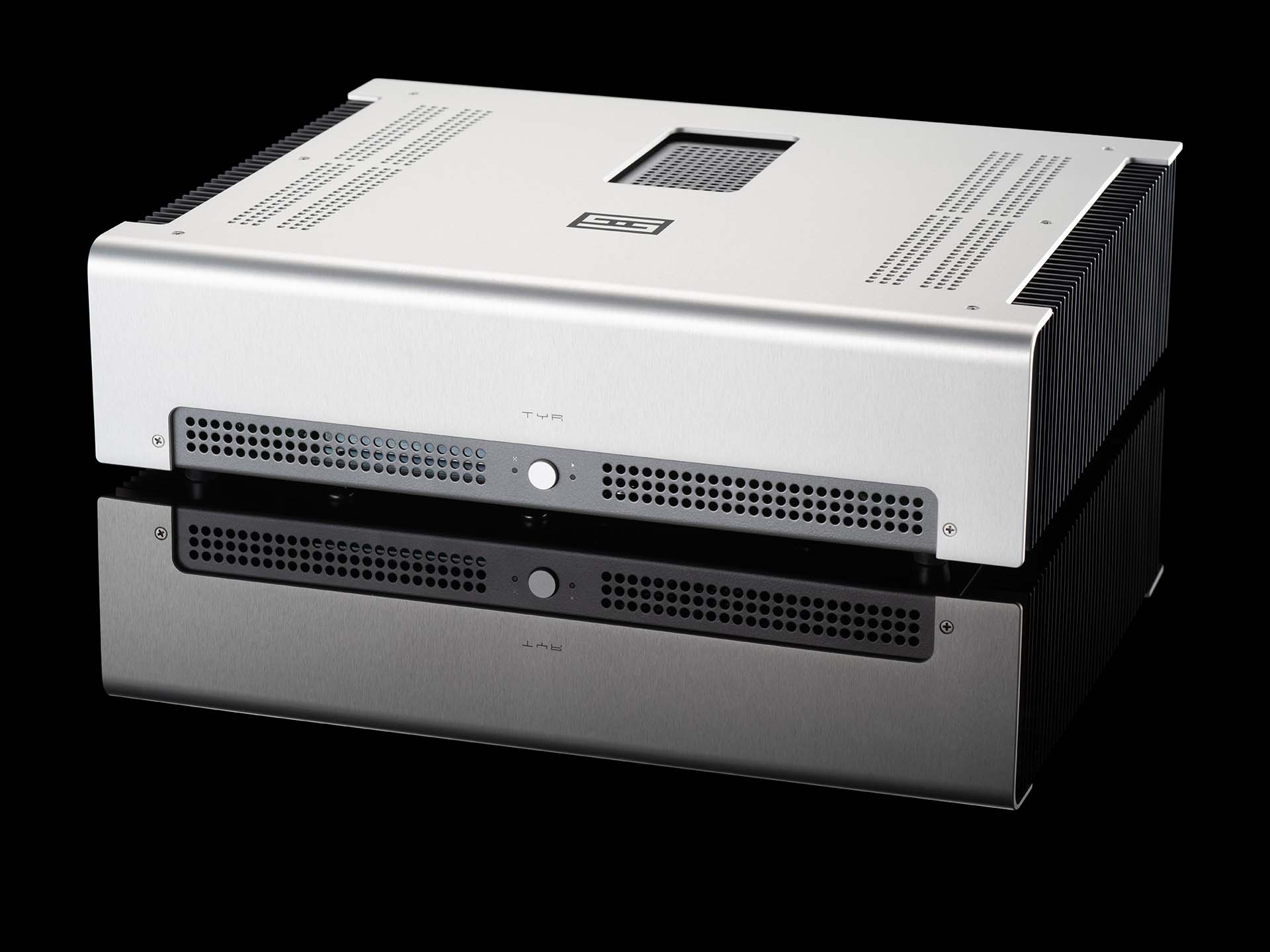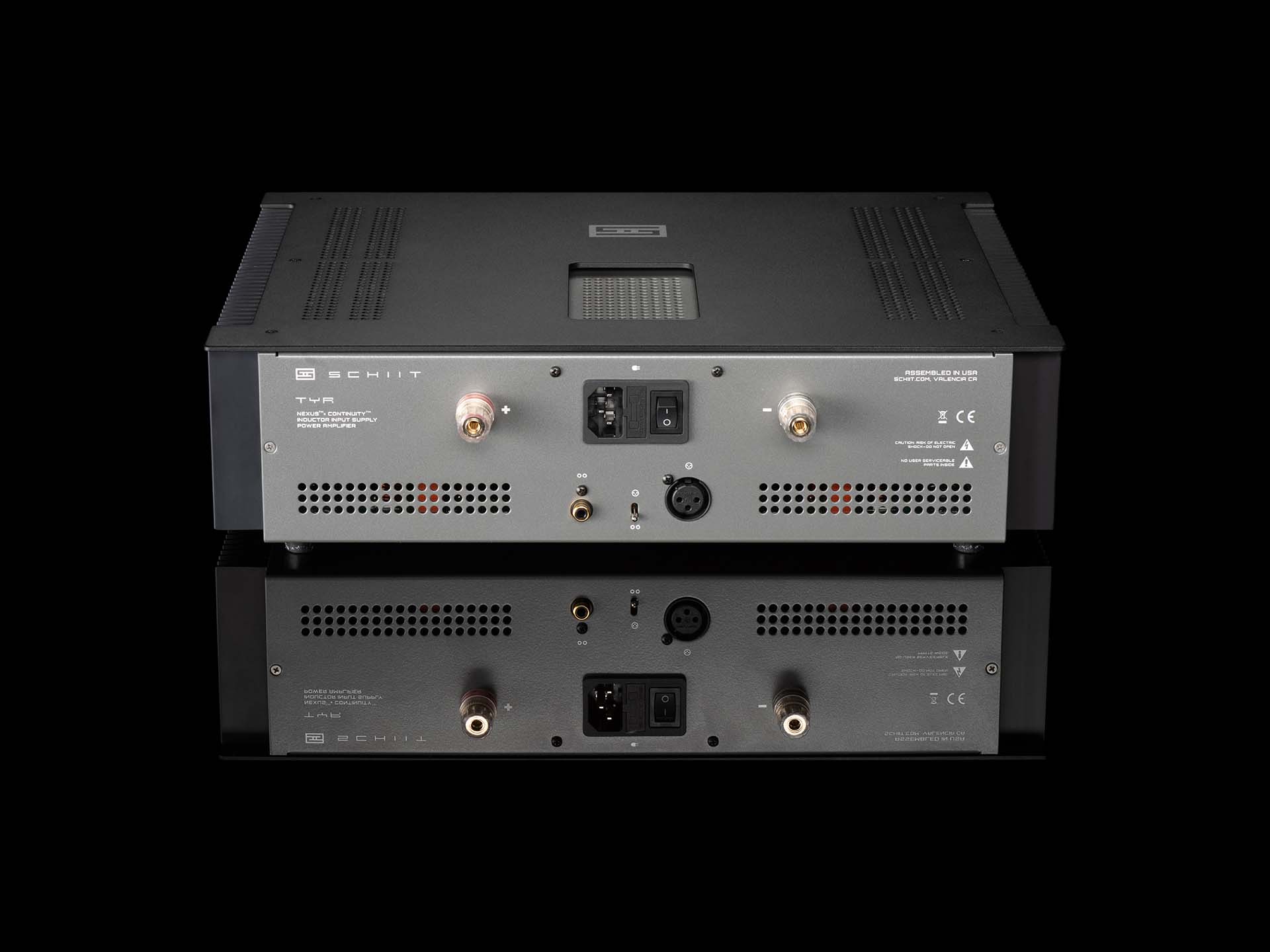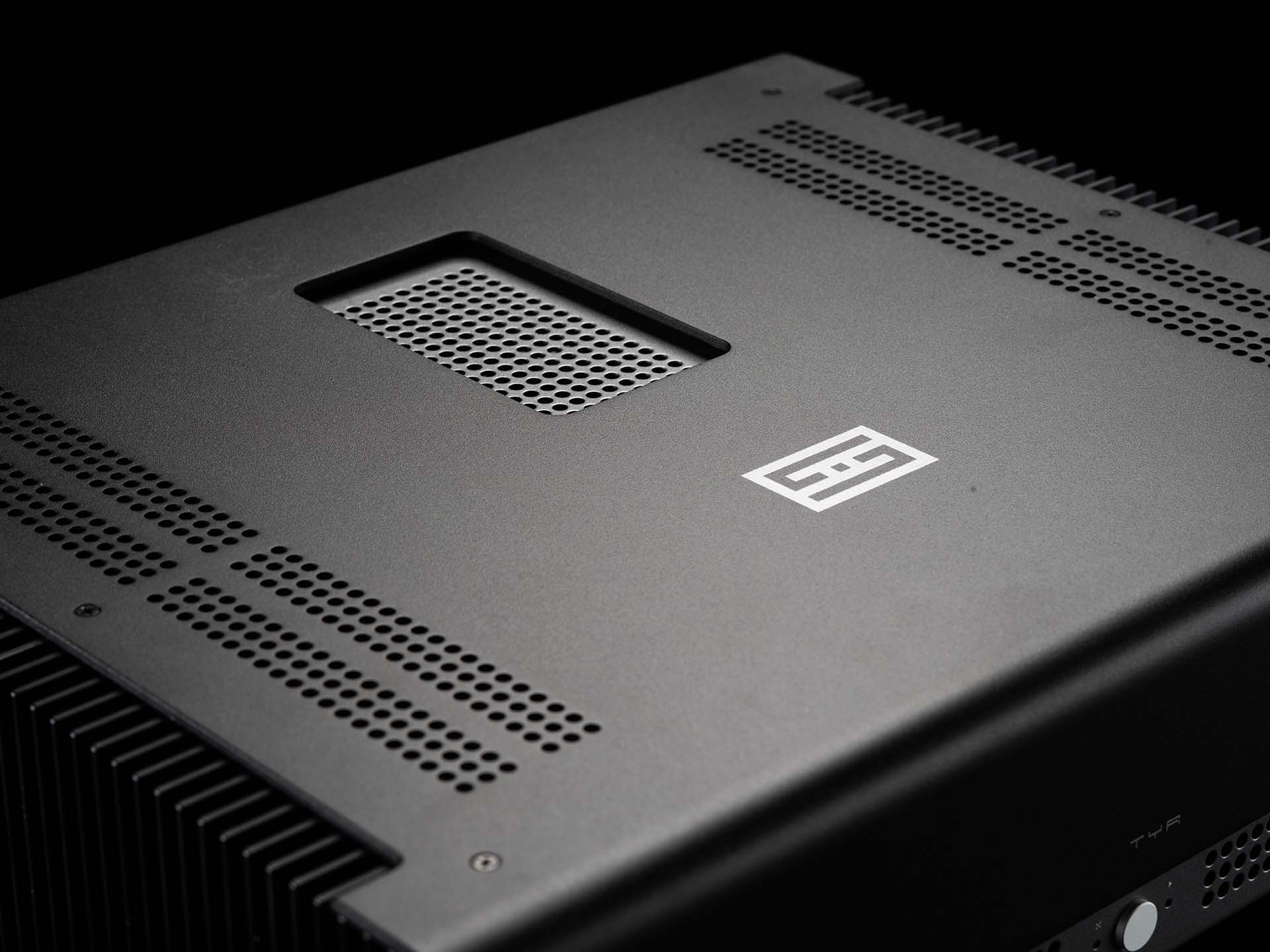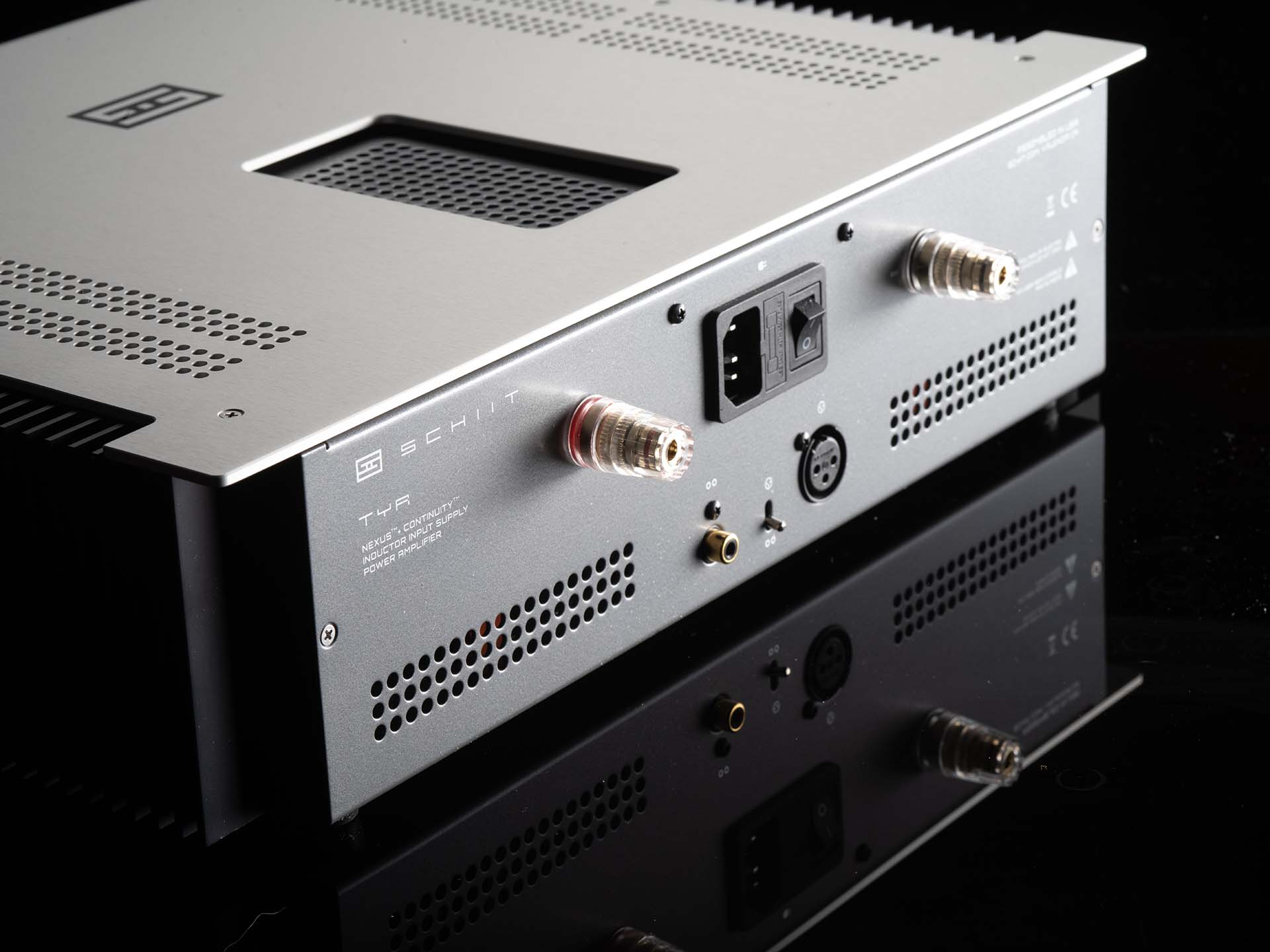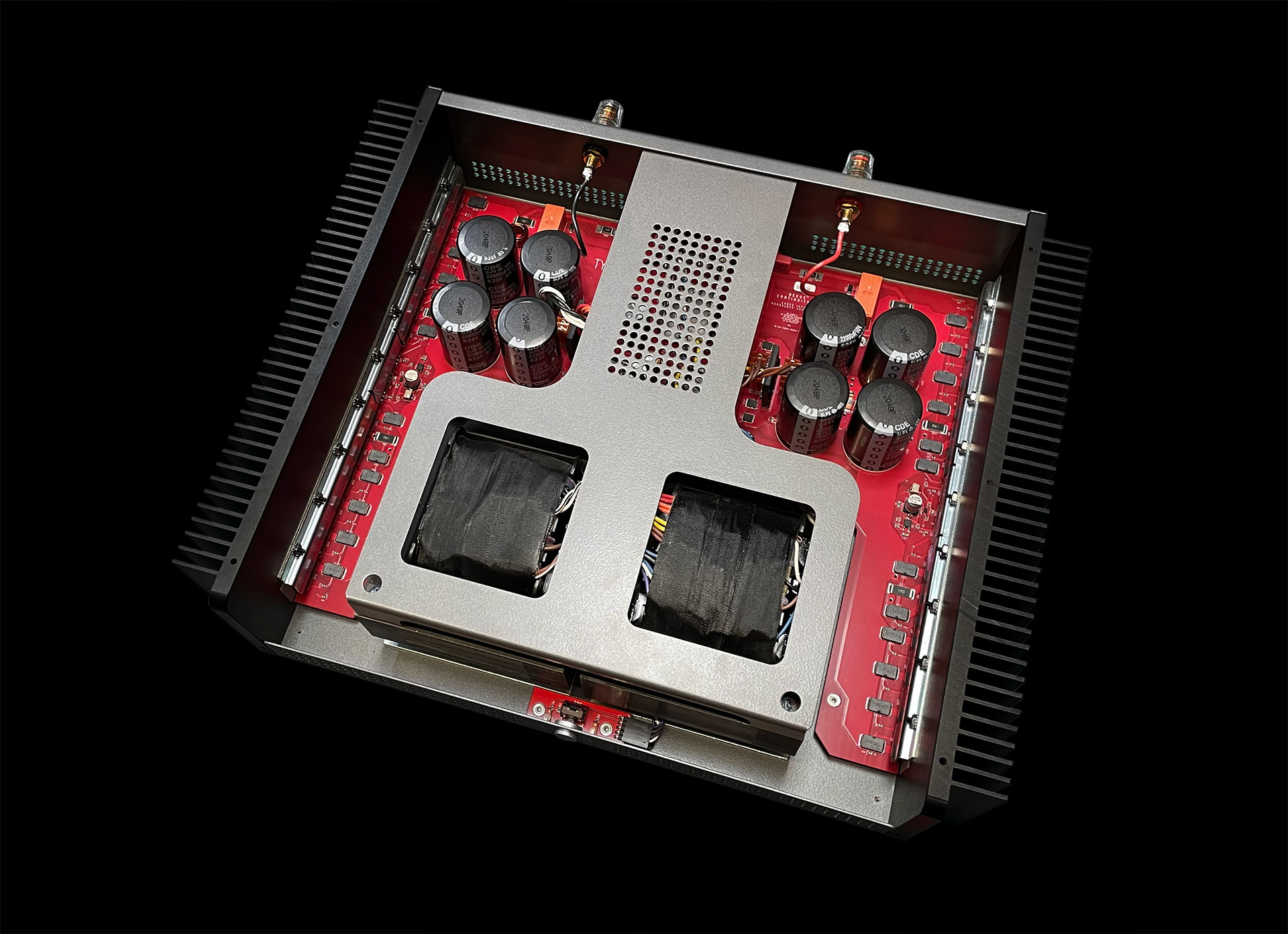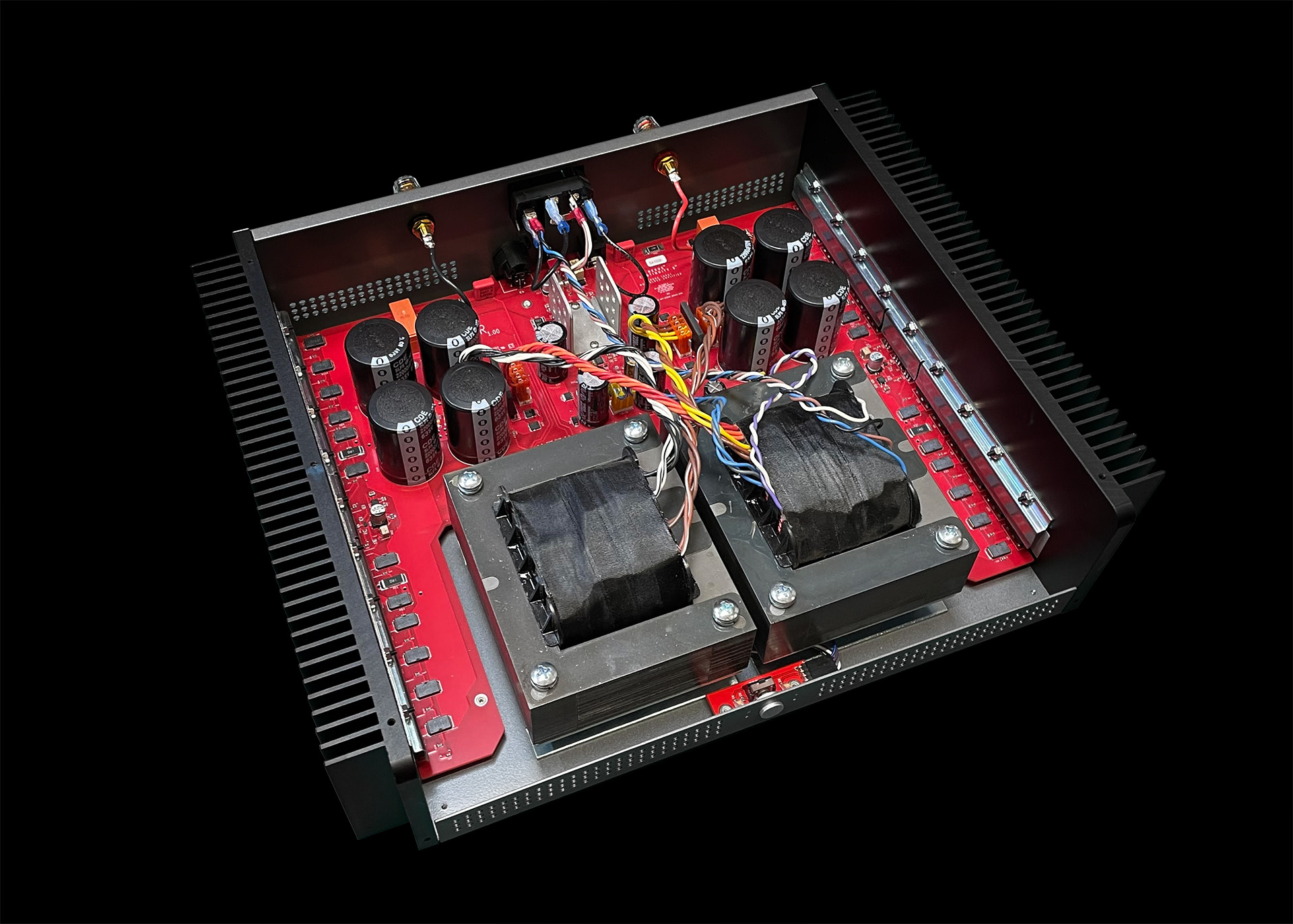Power Output:
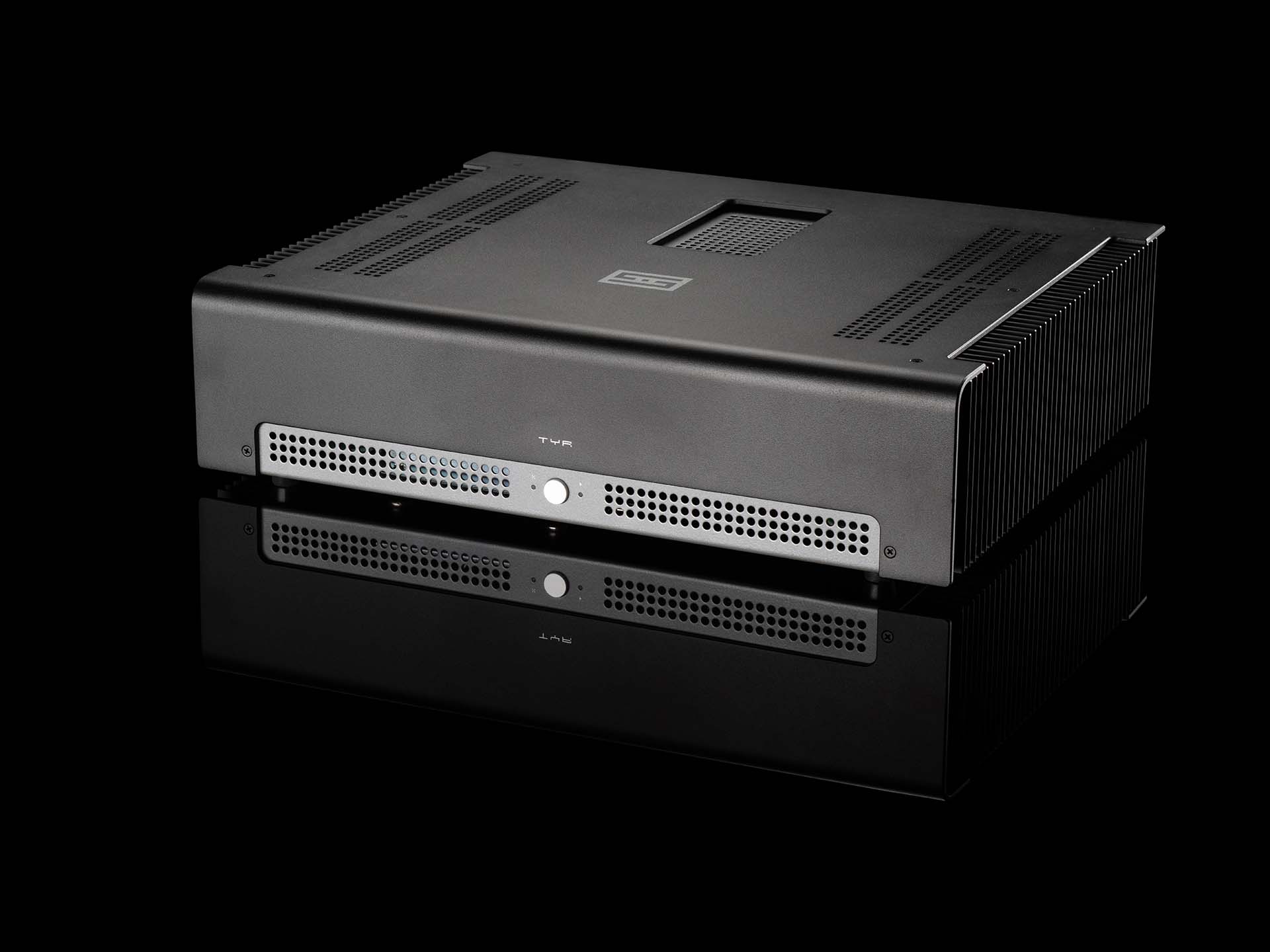
Tyr
Nexus™ and Continuity™ Choke-Input Monoblock Amplifier
Description
Specs
FAQ
Reviews
Downloads
Forget the technobabble and buzzword bingo for a sec. Here’s what Tyr is: a monstrous, old-skool, crazy heavy, over-the-top mono speaker amplifier. It uses the best of today’s and yesterday’s technologies to create something totally unique—and It has enough power to run almost anything.
Please note: "mono" means "one channel." You need two Tyrs for stereo.
How can I run this amp to two speakers?
You can’t, it’s a mono amp.
"While I described the audible differences I found between the Schiit Tyr and the two amplifiers with which I compared it, I must admit that these differences were relatively minor. I find it increasingly difficult to characterize the sounds of modern solid state amplifiers. Unlike many tube designs, which have a readily identifiable sonic character, solid state amplifiers are benefiting from a process of convergent evolution that pushes noise and distortion below audibility.
"Schiit's Tyr is a perfect example of such a thoroughly modern amplifier. It offers high power, is not fazed by low impedances, sounded superb with the three pairs of loudspeakers that I used for this review, and is competitively priced. Strongly recommended!"
"It offers high power, is not fazed by low impedances, sounded superb with the three pairs of loudspeakers that I used for this review, and is competitively priced. Strongly recommended!"

"The Tyrs offer striking power and definition in the bass and middle bass. With the bass-capable Cabasse Murano Alto speakers, the Reference Recordings Rutter Requiem’s organ part was extraordinarily convincing. And the low plucked notes on Eight String Cello Religion positively exploded out of the speakers if the volume was up. Orchestral music had scale and scope: The opening of the ProArte Mahler Second (Dallas Symphony, Mata conducting) was properly hair-raising. The whomps in the opening of the ProArte Dallas (Mata again) recording of the Rachmaninoff Symphonic Dances really whomped."
"And yet when the music turns delicate, the Tyrs go right along and present delicate fine detail in a most graceful form. Using the Jern speakers, with their remarkably silent (cast-iron) enclosures, the third movement of Kind of Blue, say, sounded the very definition of sonic refinement. And back to the Mahler Second, the Laendler (second) movement’s delicate string sound was exquisite in its realism."

